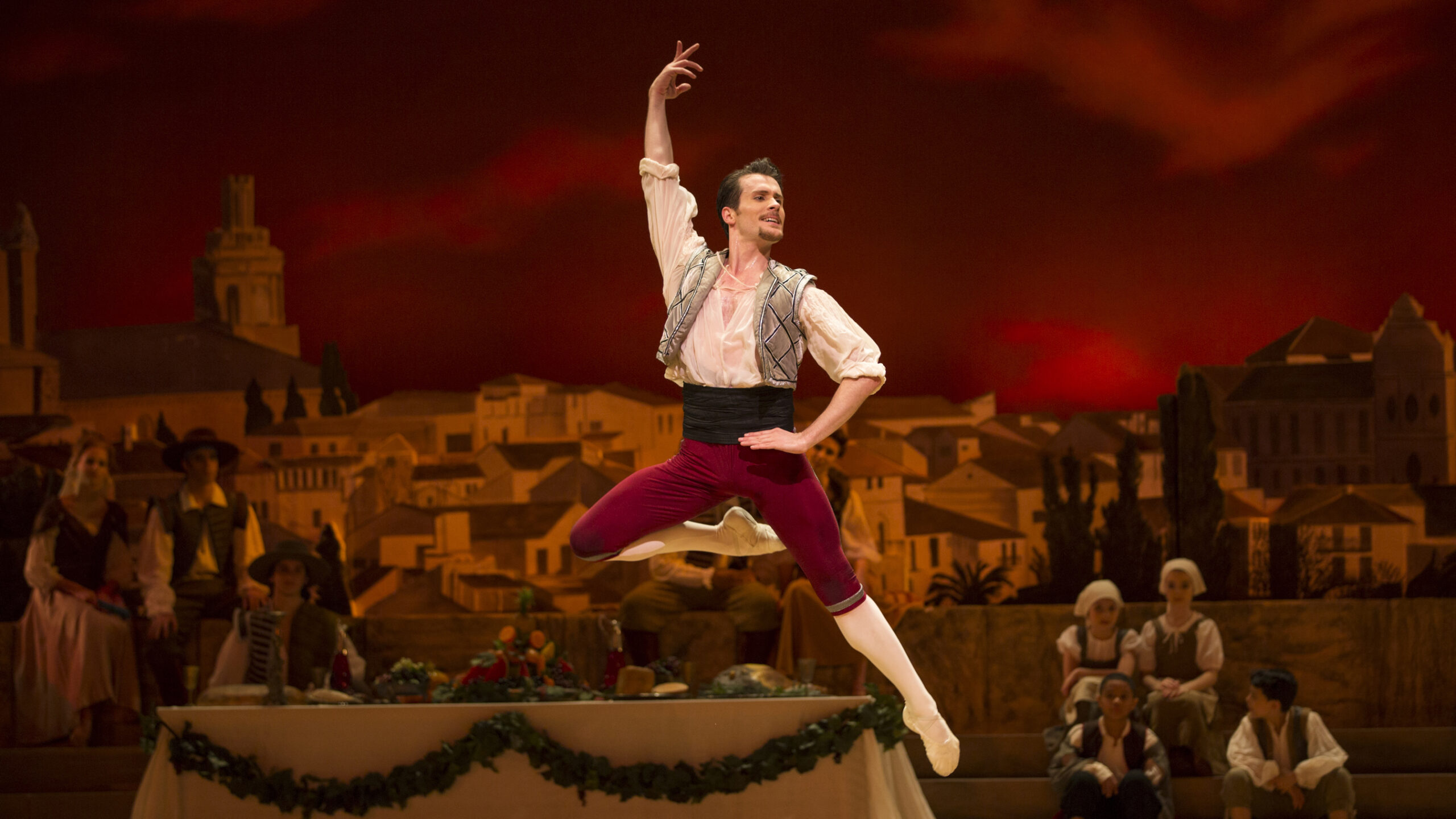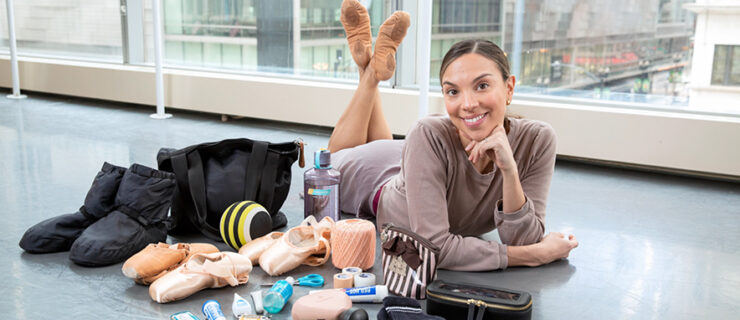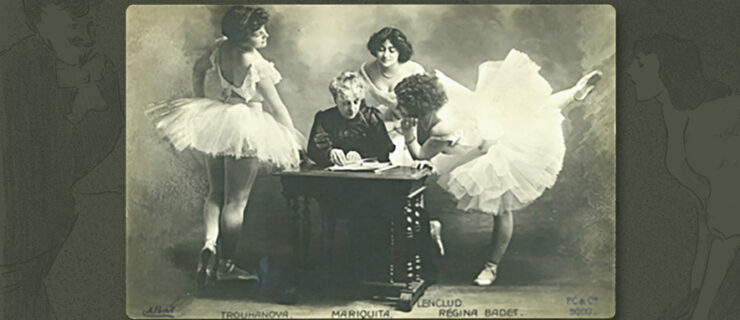How an Injury Led Seth Orza to Build a New Ballet Shoe and a Post-Performance Career
Seth Orza grew up in a family of ballet dancers, and he followed them into the business. He studied at the San Francisco Ballet School, then enrolled in New York’s School of American Ballet, leading to a job in the corps at New York City Ballet. He was living his lifelong dream. But in 2005, a serious injury almost derailed his career.
Orza was training hard, learning NYCB’s extensive repertoire, when he developed a severe case of plantar fasciitis, an inflammation of tissues in the foot that, in many cases, becomes so painful that sufferers can’t even walk, let alone dance.
“I was trying to do the ballets I was cast in, and I could barely step on my foot,” Orza recalls. He sought noninvasive medical treatment, but it didn’t work.
Orza’s doctor at the time told him to try some over-the-counter products, like heel inserts or metatarsal pads. In his quest to get back onstage, Orza bought dozens of these items at the local drug store, tucking them into his ballet slipper. The heel inserts, combined with products designed to help alleviate metatarsal pain, allowed Orza to resume his career.
In 2007, he and his wife, Sarah, also a dancer, joined Seattle’s Pacific Northwest Ballet. Orza continued using his self-designed shoe hacks, but then the heel cup manufacturer he was relying on discontinued its production. “I called the company and said, ‘I will take all your inventory,’ ” Orza recalls. “The lady said, ‘Nope, it’s all gone.’ ”
That’s when Orza’s physical therapist at PNB suggested he seriously consider manufacturing his own shoe.
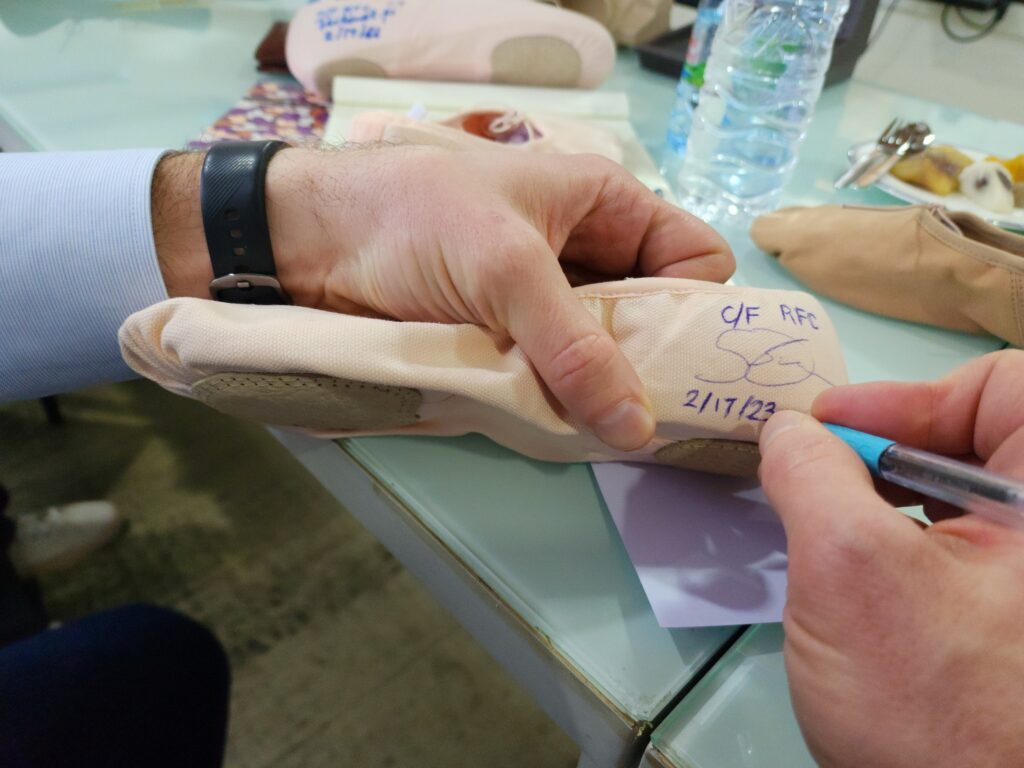
He took the advice, and for more than a decade, Orza worked on creating and refining his own design. He had no formal business training; like many full-time dancers, he never attended college. When he wanted to know something, he sought out experts to ask. He talked to medical professionals and dancers to determine if there’d be a market for a more supportive ballet slipper and traveled to Asia in search of artisans who could build the shoe. Finally, in 2015, Orza filed for a patent for the design, launching his commercial venture.
He and Sarah did most of the groundwork for the brand themselves, from their basement and dining room table. As Orza approached 40, with the pandemic looming, he knew it was time to transition—he announced his retirement soon afterward, in August 2021.
The Post-Dance Dilemma
No matter how much dancers train and take care of their bodies, retirement is inevitable. But most haven’t really planned for what comes next, says Orza’s long-time friend and colleague at PNB, James Yoichi Moore, who will be retiring in June at the age of 42.
“You really don’t have the time,” says Moore, who, like Orza, has a wife and two young children to help support. “You don’t have the energy. But you’ve got the stress and worry [about what comes next].”
Sarah Orza retired the year before her husband, after 13 years at PNB, to become a postpartum childbirth doula. But her priorities shifted to support her husband’s endeavor, so when he asked her to join the company as social media and marketing director, she agreed. She wasn’t a business or PR expert, either, but she points out that she can speak the ballet world’s language.
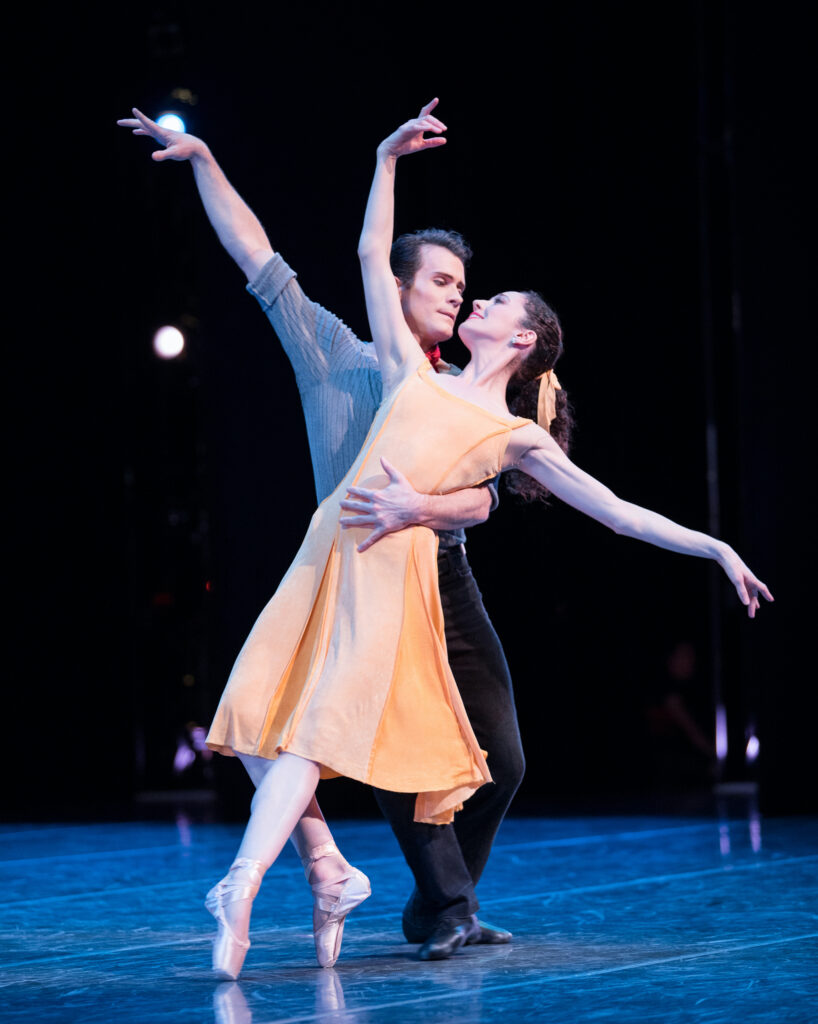
The ORZA Pro One shoe officially went on the market in autumn 2023. The couple’s Seattle craftsman bungalow currently serves as the company’s headquarters, where life is frenzied. The pair wake up around 6 am to focus on their two daughters: supervising homework and school prep for their 10-year-old, and feeding their baby before the part-time caregiver arrives. They trade off work with cooking and other household and family responsibilities until they fall into bed, sleep as much as they can, then wake up to do it all again.
Hitting His Stride
Orza often travels to promote his product, and he’s excited to hear that the shoe he created for himself is helping other students and professional dancers. “People have mocked up their own shoes,” Orza muses. “They bring them to me and say, ‘See? This is what I’ve been doing.’ ”
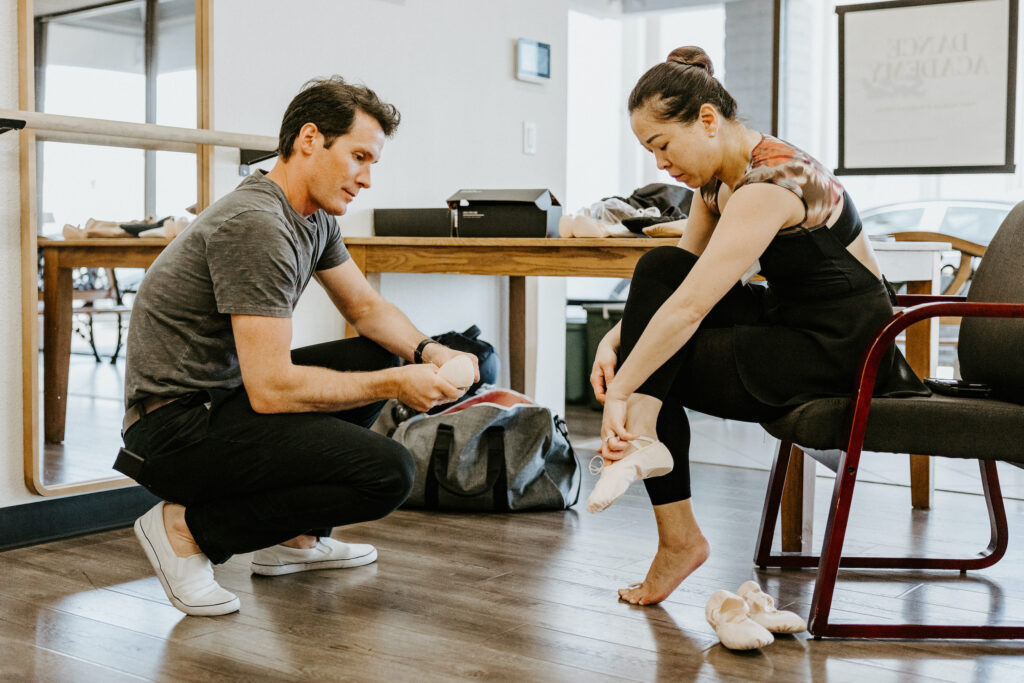
NYCB principal Jovani Furlan, for instance, says he had been tinkering with over-the-counter products inside his ballet slippers after a surgery left him with scar tissue that makes it difficult to bend his ankle. He started wearing ORZA Pros during the company’s 2023 Nutcracker run, and says he appreciates the shoes’ structural support. “Otherwise, it feels like I’m flat on the ground,” says Furlan.
“That’s why I created it,” Orza continues. “I mean, I created it for myself, to keep dancing. But after I incorporated and started doing the research and seeing the need for it, I was like, ‘Why wasn’t this done before?’ ”
The shoes don’t fit every dancer, and Orza says he doesn’t intend to sell them to someone if the size isn’t right. He’s encouraged to see the enthusiastic response they’ve received, even from rival ballet shoe companies. He and Sarah are working on releasing an updated model with an expanded size range, while also expanding internationally.
For Orza, training to dance professionally was tough. But enduring a serious injury was just as difficult, not to mention designing and marketing a new kind of ballet shoe.
“I had no idea what I was doing at first, but the process brought me to where I am now. I’m lucky.”
